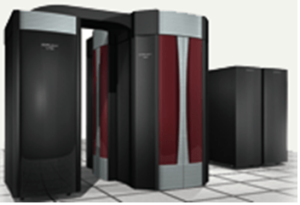Introduction to Computer Systems
Computers are everywhere
What is computer?
Black Box
Problem Solver
An Electronic device that converts data into information which is useful to people

Anatomy of a Computer
Every computer has four basic parts, or units:
- an input unit such as the keyboard, that feeds information into the computer
- a central processing unit (CPU) that performs the various tasks of the computer
- an output unit , such as a monitor , that displays the results;
- a memory that stores information and instructions.
Computer vs Human
- Input – Five senses
- Central Processing Unit (CPU) – brain
- Output – Body Parts
- Memory – Human memory
- Hardware – Physical components
- Software – Programs for operations and problem solving
Modern Computers
Modern computers are digital
- Word “by the numbers”
- Break all types of information into tiny units
- Use numbers to represent information
- Two digits combine to make data (0, 1)
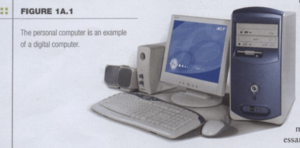
Computers for Individual Use
- Computers can be shared by multiple users but can be used by only one person at a time. Six primary types of Personal Computers (PCs)
- Desktop computers
- Workstations
- Notebook computers
- Tablet Computers
- Handheld computers
- Smart Phones
Although PCs are used by individuals, they also can be connected together to create networks.
Desktop Computers
- The most common type of computer
- Sits on the desk or floor
- Performs a variety of tasks
- You see all around you in schools, home and offices

- Different design types
Workstations
- Specialized single-user computers
- Optimized for science or graphics
- More powerful than a desktop
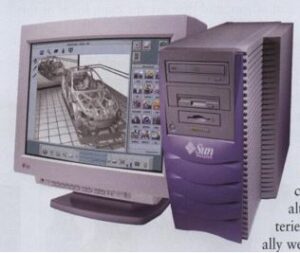
Notebook Computers
- Small portable computers
- Weighs between 3 and 8 pounds
- About 8 ½ by 11 inches

Docking station
provide additional ports that enable the notebook computer to be connected to different devices or a network in the same manner as a desktop system
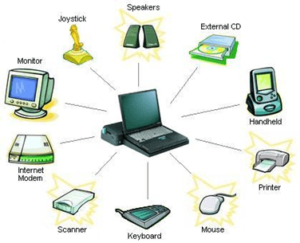
Tablet Computers
- Newest development in portable computers
- Input is through a stylus or digital pen
- Run specialized versions of office products
- Some models have a fold-out keyboard
- Some models can be connected to a keyboard and a full-size monitor
Handheld PCs
- Palm computer
- Very small computers
- Personal Digital Assistants (PDA)
- Note taking or contact management
- Data can synchronize with a desktop

Smart Phones
Smart phones
- Hybrid of cell phone and PDA
- Web surfing, e-mail access
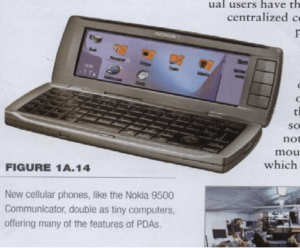
Computers for Organizations
Some computers handle needs of many users at the same time. These powerful systems are used by organizations such as businesses or schools Commonly found at the heart of the organization network
- Network servers
- Mainframe computers
- Minicomputers
- Supercomputers
Network Servers
Network servers, Centralized computer, All other computers connect
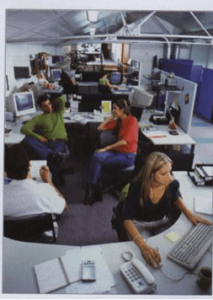
Provides access to network resources, Multiple servers are called server farms, Often simply a powerful desktop: Google

Flexibility to different kinds of tasks
Users use the Internet as a means of connecting even if away from the offices.
Mainframes
Used in large organizations, Handle thousands of users, Users access through a terminal

Large and powerful systems

Minicomputers
- Called midrange computers
- Power between mainframe and desktop
- Handle hundreds of users
- Used in smaller organizations
- Users access through a terminal
Supercomputers
- The most powerful computers made
- Handle large and complex calculations
- Process trillions of operations per second
- Found in research organizations
